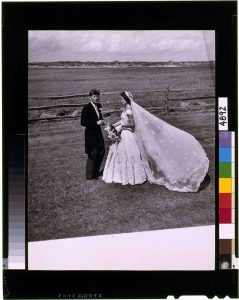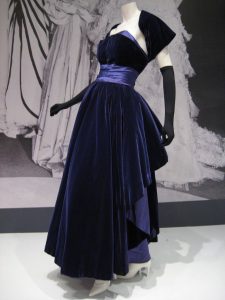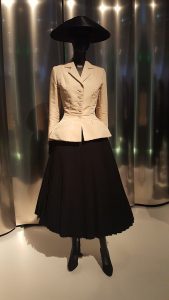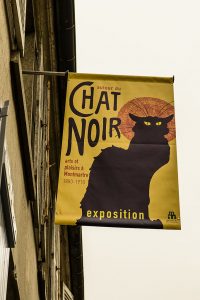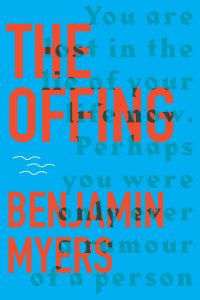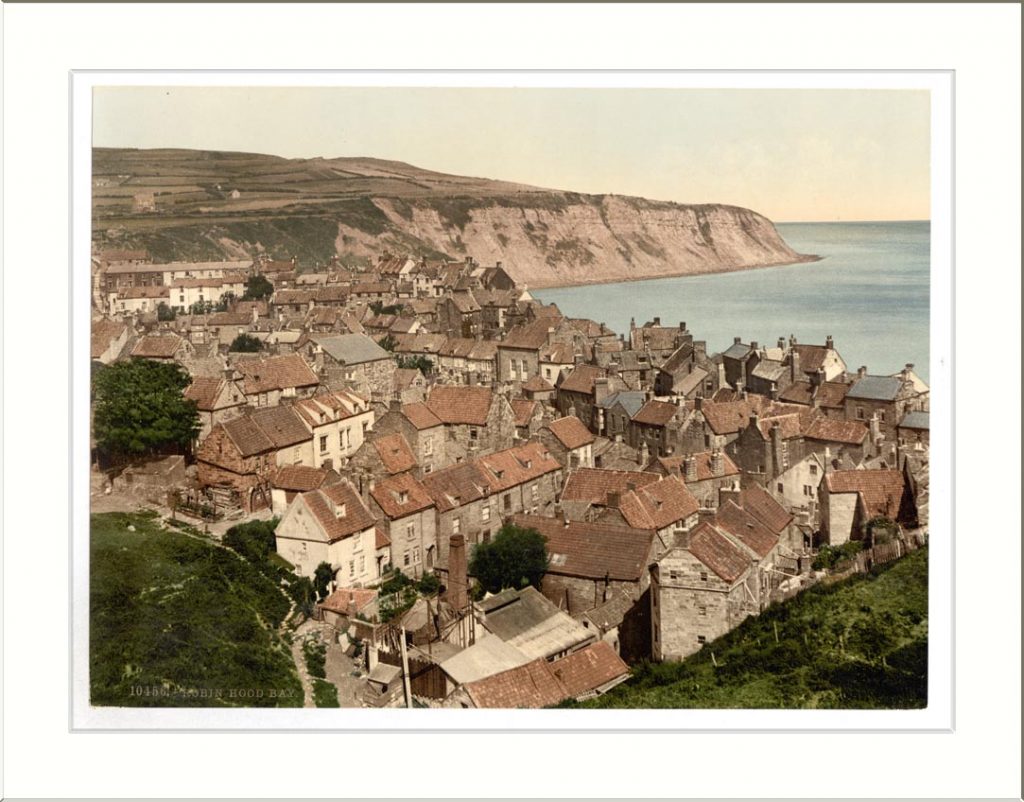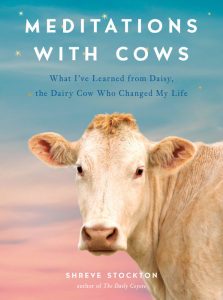
How a remote mountain setting and atmospheric prose intensify an already intense plot (Crans-Montana, Swiss Alps; 2015 to present day): Warning: The Sanatorium is like nothing reviewed here. Psychologically suspenseful novels characterize books blogged about, but none single-mindedly focused on a crime, a murder. Actually, three murders and several failed or thwarted attempts.
The publisher categorizes The Sanatorium as mystery fiction – a different literary genre for this blog, and different from a thriller. Both include subgenres, whodunit and hard-boiled detective in the mystery category. British author Sarah Pearse’s gripping debut is a whodunit involving a detective: Elin Warner in her thirties on leave for the past year from her job in England due to traumatic professional and personal events. But the novel isn’t only a mystery. The rest is part thriller and part Gothic. Why tell you this?
Because: if you’re expecting a mystery without the horror of a thriller, this is not that novel as the murders are gruesome. You’ll viscerally squirm, feeling the way Elin does, feeling your adrenaline pumping. The Sanatorium is not for the faint of heart.
The set-up: Elin has been invited by her brother Isaac to the “absolute remoteness” of a mountaintop high-up in the Swiss Alps to celebrate his engagement to Laure, someone she was friends with growing up. They haven’t been in touch for years. The invite surprises her since she hasn’t heard from Isaac for four years, and didn’t know he and Laure hooked up. The party will be held at a newly opened, architecturally striking hotel appropriately named Le Sommet, a former sanatorium for TB patients. For someone under pressure to decide whether she has what it takes to return to her detective job, accompanied by her boyfriend Will whose also pressuring her to make a commitment about their relationship, her stress and the stakes are already high. Elin’s wits and stomach will be tested. Yours will be too.
A funicular carries them from the town of Sierre to the ultra-modern yet Gothic feeling mountain resort. As soon as Elin sees it, “her body is reacting to something here; something living, breathing, woven into the DNA of the building.”
Meanwhile, Will, totally her opposite, is so easygoing the contrast between the two contributes to more stress when someone at the hotel goes missing and is later found dead. As if that’s not enough tension, an avalanche is approaching that will close every means of transport down (car, helicopter), so no one can get in or out of the hotel. Add to that mountains with sharp, jagged edges, along with some “edgy in that paired-back, European style” characters, you have the ingredients for a nasty brew. The weather is brutal, the hotel “austere” and “clinical,” and the murders are brutal too. So why review The Sanatorium on a blog called Enchanted Prose?
From a prose perspective, a Gothic element related to setting that enables scary atmospheric prose makes the novel a standout.
Pearse chooses specific words to elicit dark foreboding, creepy emotions that would not prime us as forcefully without the powerful setting and atmospheric prose. The prose is cleverly crafted to propel us forward in spite of the horrors. Another perspective is the crimes are so beastly you’re compelled to figure out who the perpetrator is and what’s the motive, echoing how driven Elin is. We cannot stop reading any more than Elin can’t stop putting herself in danger. We’re as baffled as she is as none of the few clues presented connect until we’re about 90% done, and then Elin and the reader are foiled again, and then one more time until the whodunit and why is finally revealed.
All the murders have a similar “signature” (the ritual unique to the offender): copper bracelets with numbers engraved on the back, the attacker is grotesquely masked, with another calling card left by the victims, a glass box with something repugnant inside. The glass, though, fits the excessive use of glass in the hotel rebuilding. So much glass, Elin feels more vulnerable than she already is.
Which brings us to a theme common in this blog: fiction inspired by history. The novel was inspired by the history of sanatoriums in the 1920s and 1930s through the fifties until the advent of antibiotics cured tuberculosis patients. Located in crisp, high-altitude, sunny mountain air in Europe (in the US too) for healing, Switzerland’s Alps, particularly in Davos, and other places like the Crans-Montana region setting were highly regarded treatment locales. Pearse once lived in Switzerland in Crans-Montana, so when she read about sanatoriums in a Swiss magazine it sparked the idea for the novel.
Staying true to history, once sanatoriums had served their purpose many were converted to other types of establishments, including hotels. Fictionally, the original structure of Le Sommet was built in the late 1800s by the great-grandfather of the new developer/owner, Lucas Caron, who spent eight years on his luxury project, which we learn was inspired by Joseph Dirand, a Paris architect, who designed in the minimalist style.
A chilling quote by Dirand prefaces the novel: “I have loved constraints. They give me comfort.” Constraints a key word to the murderer’s style, comfort twisted hinting at the motive. Since we weren’t aware of the significance of the quote, it’s easy to skip over it. Yet Pearse is announcing pay attention to her words. Turns out the conversion of sanatoriums did give rise to minimalism architecture, retaining the concept of airiness, lightness, cleanliness. Le Sommet embraces minimalism with “the air of the institution in stark lines, the relentless rectangular planes and faces, the modernist flat roofs,” and all that glass.
The novel oozes with prose that ups the ante of fear. Words like “sinister” depict the mountains; “smothering,” “suffocating,” and “choked” for the snow; “terrifying” wind; “lurid” and “obscenely bright” describing the sun reflecting on the water in the outdoor pool.
As for the whodunit: The novel opens in 2020, so Erin doesn’t know about the first victim, Daniel, the hotel architect, who was murdered in 2015, in the Prologue. Brother Lucas becomes a suspect as he’s obsessed with paying tribute to the hotel’s history incorporating cringe-worthy artifacts, yet he delayed the hotel’s opening for a year grieving Daniel, a close friend. Let’s say he’s a person of interest, and not the only one grieving. One by one other suspects are identified; some of these characters go missing and we’re back to square one.
Ellen sometimes frustrates us to such a degree we want to shake her shoulders as she does foolish things putting herself in harm’s way. We’re also in awe of how much she’s willing to risk to find a killer on the loose in the hotel before another crime is perpetrated. Will is frustrated too as he had high-hopes for what he thought would be a vacation, a chance for Elin to relax, to come back to him. Will she?
Feverishly we flip pages, finishing this edge-of-your seat 400 page novel in no time. Be grateful you’re reading it from afar.
Lorraine

